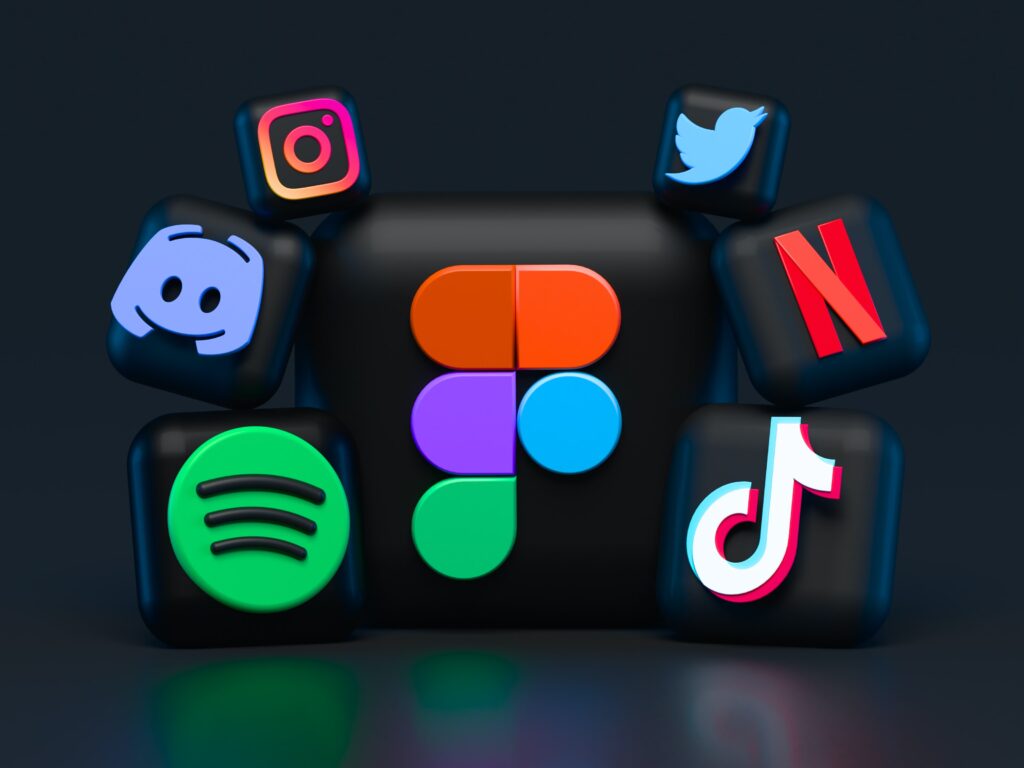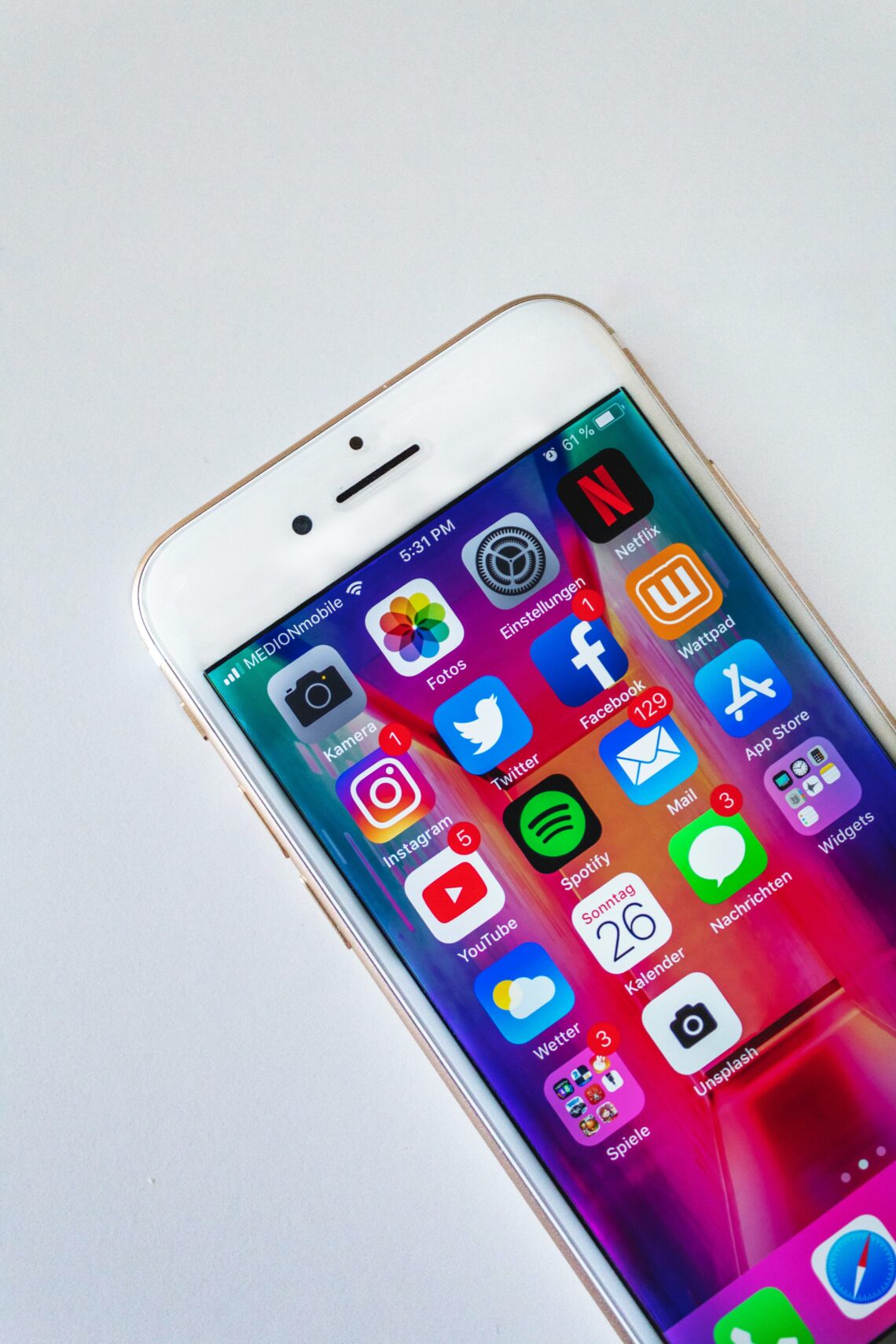Social media is a powerful tool that connects individuals across the world. It is essential to understand how to utilize social media to cater your message to different publics and audiences.
Why Social Media?
Using social media is important as a PR practitioner because we can reach vast audiences of publics at the click of a button. Designing for social media takes place on a smaller Canvas, and we can often be more simplistic in our social media designs.
Social media can be a powerful tool in PR publications because it serves as an outlet for creativity, connection and engagement. Using social media helps spread awareness about different campaigns and causes. Additionally, using social media makes it easier to share ideas with other individuals, and it can be a great tool to gain inspiration for upcoming designs and campaigns.

For example, sites like Pinterest provide ideas that may help practitioners gain inspiration for their upcoming designs. Facebook and Instagram are great tools to reach broad audiences across the world, especially those who use their phones to connect with family and friends. Utilizing LinkedIn could be beneficial to cater to a more professional audience, whereas using Snapchat and TikTok cater more towards younger, whimsical audiences.
Creating a Campaign
When creating a social media campaign, it is important to know that it is impossible to cater to every possible audience. Instead, practitioners can use different platforms to market to different audiences. This is extremely beneficial when trying to get multiple messages across in different ways.
In social media campaigns, it is important to create concise, relevant information. When people use social media, they come across multitudes of content every single day. This often leads to individuals skimming through posts that they find uninteresting or boring. To make posts pop out, leave concise information with fun graphics and eye-catching details. Simply using a pop of color or intriguing photos may cause users to stop and glance at the design.
When designing a campaign, it is vital to reflect the brand’s voice to the audience. This voice should stay consistent across platforms – although we may use different content to market to different audiences, we should never have our brand voice contrast each other as it leads to contradiction and confusion. Instead, play with the formality of the message you are conveying. That way, the brand voice can stay consistent, but the delivery of the message has room to differ.
Canva
Using Canva to create eye-catching social media designs is a great way to market to different platforms. Canva provides a wide array of templates and design aids to help make designers’ dreams come true, and every element on the page is customizable. This gives the designer creative liberty while also straying from being overwhelming like other platforms.

The design above started with a template advertising a travel company, but I quickly changed it to fit the needs of my brand and my audience. To fit the pictures in the boxes, I simply dragged and dropped them where I wanted them to go, and they instantly fit into the frame.
Why Canva?
Canva is a powerful tool for quickly creating designs for social media, PowerPoints, meetings, and more. With the vast array of templates it offers, Canva doesn’t necessarily make designers start from scratch, but gives them the creative liberty to change every element on the page. Because resizing and shaping images is so easy in Canva, it avoids the headaches and overwhelming aspects that some other design tools may cause. When working on a tight schedule, Canva is a great tool because making changes is quick and easy.
Looking to learn more about Canva? Visit the Canva Support Site or watch this Canva tutorial!






Comments by Lindsay Moynihan